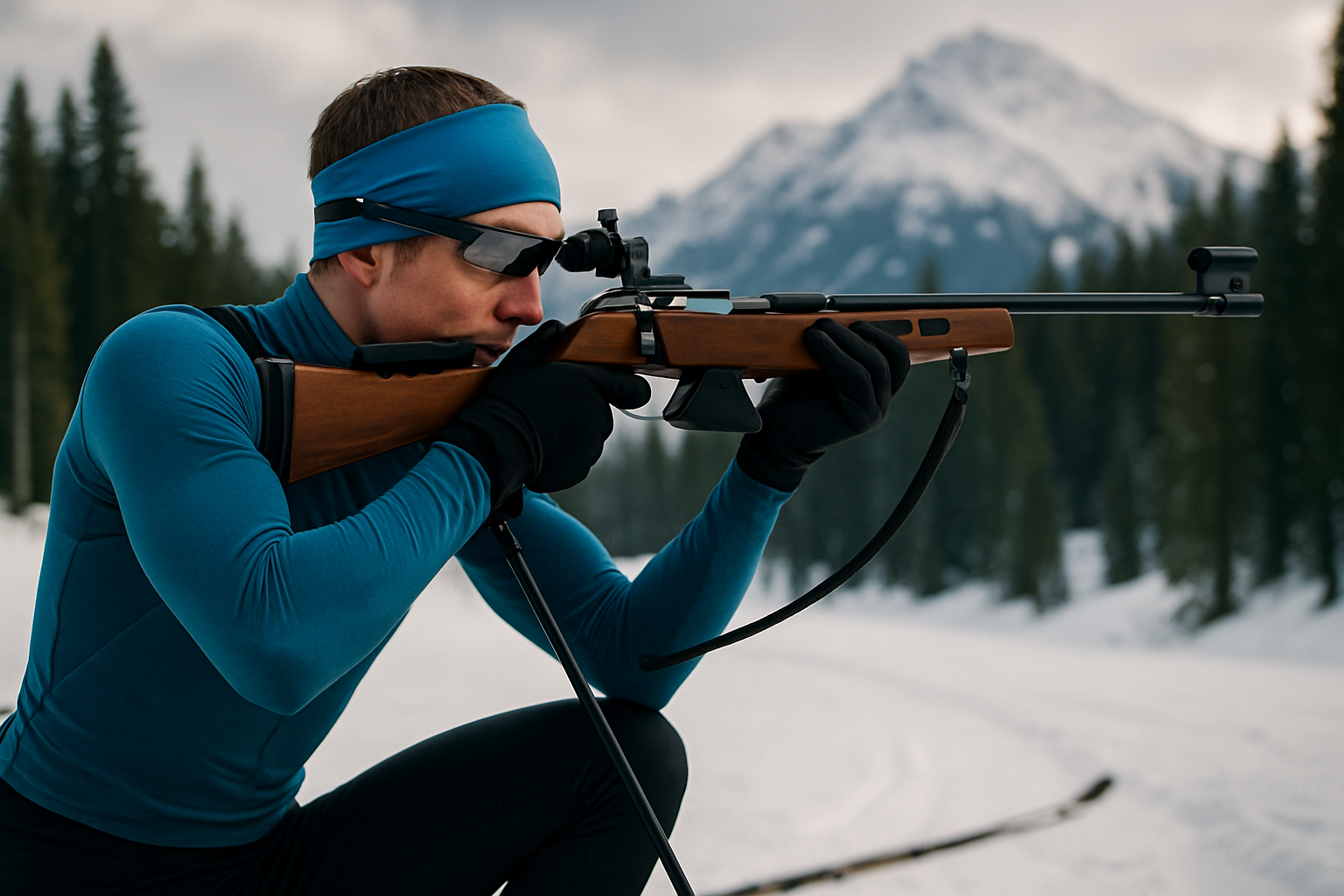Unveiling the Intricacies of Biathlon: A Blend of Endurance and Precision
Biathlon, a winter sport that combines cross-country skiing and rifle shooting, has a rich history that dates back to the 18th century. Initially, it was a survival skill practiced in the snow-covered forests of Scandinavia, where people hunted on skis with rifles slung on their shoulders. It was later adopted by the Norwegian military in the late 18th century as a part of their training regimen. The sport made its Olympic debut in 1960, and since then, it has evolved into a highly competitive discipline that demands both physical endurance and mental acuity.

The Modern Biathlon: A Test of Stamina and Precision
In the contemporary sporting landscape, biathlon stands out as a unique blend of endurance and precision. Athletes ski through challenging terrains, with their heart rates soaring to extreme levels, and then they must calm themselves to take accurate shots at small targets. This juxtaposition of high-intensity physical exertion and the need for calm, precise shooting makes biathlon a fascinating sport to delve into.
The Training Regimen: Balancing Endurance and Marksmanship
Training for biathlon is a complex process that requires a careful balance between physical conditioning and shooting practice. Athletes spend countless hours improving their skiing technique and building cardiovascular endurance. Simultaneously, they also work on their shooting skills, focusing on accuracy and the ability to shoot under pressure. The training regimen also includes mental conditioning to handle the stress and pressure of competition.
The Science Behind Biathlon: Understanding the Physiology
The physiological demands of biathlon are unique and challenging. Cross-country skiing is one of the most physically demanding sports, requiring high levels of aerobic fitness. On the other hand, shooting requires a calm and steady hand, which is difficult to achieve after intense physical exertion. Research has shown that biathletes have exceptional cardiovascular fitness and excellent control over their heart rates and breathing, which helps them transition from skiing to shooting.
Biathlon in the 21st Century: The Future of the Sport
As biathlon continues to evolve, new training methods and technologies are being introduced to help athletes improve their performance. Innovations in ski design and rifle technology are changing the way athletes train and compete. Furthermore, advancements in sports science are providing deeper insights into the physiological demands of the sport, helping athletes optimize their training and recovery. Despite its historical roots, biathlon remains a dynamic and evolving sport that continues to captivate audiences worldwide.
In conclusion, biathlon is a fascinating sport that combines the physical endurance of cross-country skiing with the precision and calm of rifle shooting. Its unique blend of contrasting disciplines makes it a compelling sport to watch and participate in. As we delve deeper into the intricacies of biathlon, we gain a greater appreciation for the athletes who master this challenging sport and the scientific principles that underpin their performance.





